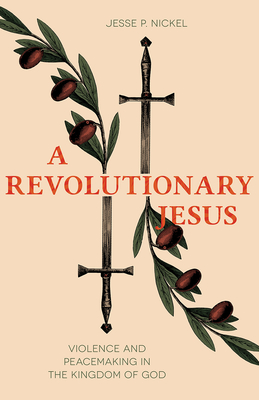
Nickel, Jesse P.
product information
description
ctive on violence, the ways this is demonstrated in his ministry, and its implications for Jesus's followers. It begins by examining the nature and role of violence within Second Temple Jewish eschatology. "Eschatological violence"--violence connected in some way with eschatological expectations--was an important factor in the world of Jesus and his contemporaries. Many believed that God's long-awaited deliverance was contingent on his people's taking up the sword against their oppressors, thus demonstrating their zealous allegiance to the covenant. In contrast, Jesus articulated and enacted a vision for God's reign in which violence was completely disassociated both from the means of the kingdom's inauguration and from the character of those who belonged to it. This was a kingdom defined by peace, whose people would be identified by peacemaking, exemplified by its Lord, whose victory was accomplished in giving his own life. Jesus's rejection of violence thus grew from the very core of his understanding of his task, his identity, and the character of the kingdom. To be a disciple is to follow Jesus's teaching and example. Therefore, it is clear that violence should have no place in Christian praxis.
member goods
No member items were found under this heading.
Return Policy
All sales are final
Shipping
No special shipping considerations available.
Shipping fees determined at checkout.







